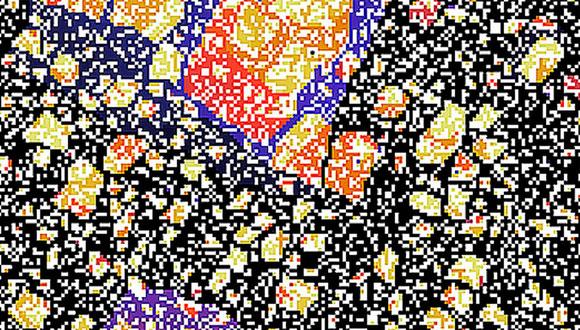סמינר לפיזיקה של מערכות ביולוגיות וחומרים רכים: Elastic-mediated mechanical communication between cells
Shelly Tzlil, Technion
Abstract:
Cell-cell communication enables cells to coordinate their activity and is essential for growth, development and function. Intercellular communication is discussed almost exclusively as having a chemical or an electrical origin, however; recent experiments demonstrate that cells can communicate mechanically by responding to mechanical deformations generated by their neighbors. However, the characteristics of mechanical communication, its role and its ability to regulate biochemical processes within the cell are still largely unknown.
In this talk, I will describe the progress made in our lab on the role of mechanical communication in cardiac cell beating as well as preliminary data on mechanical communication in the sensory organ of the fly.
We have recently shown that an isolated cardiac cell can be trained to beat at a given frequency by mechanically stimulating the underlying substrate using a ‘mechanical cell’. The ‘mechanical cell’ consists of an oscillatory probe that mimics the mechanical aspect of a cell by generating substrate deformations identical to the ones induced by a neighboring beating cell. We further showed that the probe-induced beating rate is maintained by the cell for over an hour after mechanical stimulation had stopped, implying that long-term modifications occur within the cell. Continuing on this work, we study the dynamics of mechanically-coupled beating cardiomyocytes. We quantify the mechanical interaction between neighboring cells and show that beat-to-beat variability strongly depends on the strength of mechanical coupling. A stochastic ‘mechanical cell’ is used to study the threshold for noise reduction and its dependence on mechanical coupling.
מארגן הסמינר: נמרוד סגל


